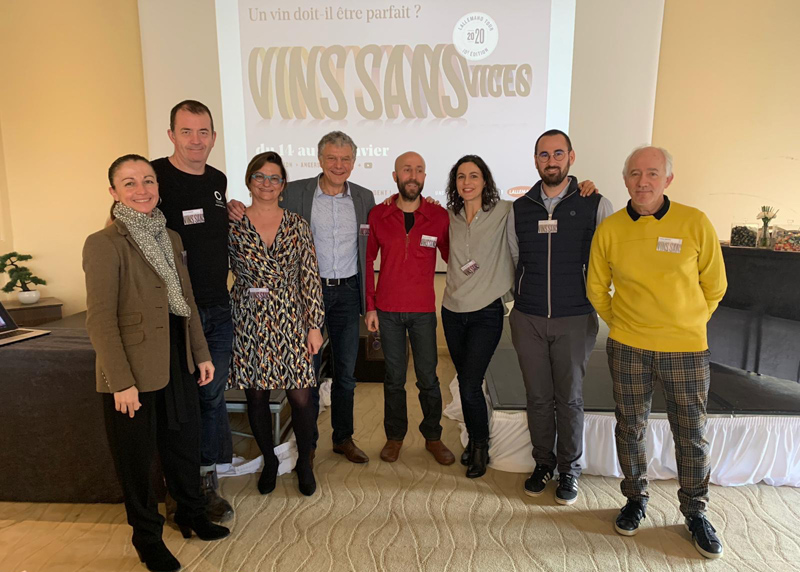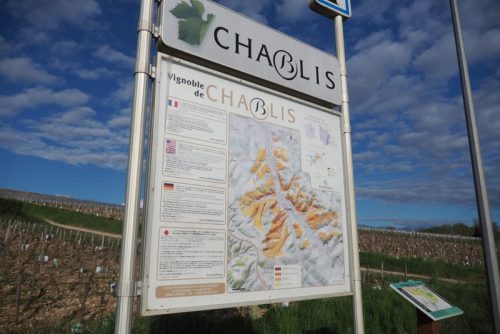
I’m in Chablis, and it’s very exciting, because this is my first time here. I know: I should have been here before, but even though it’s slightly embarrassing, it’s a thrill to finally see what I have read so much about. I’m in an accelerated period of learning, visiting lots of producers and walking vineyards, and over the next few weeks I’ll share all I’ve learned here, with lots of pictures and videos. But first, here’s a bit of background on the region.
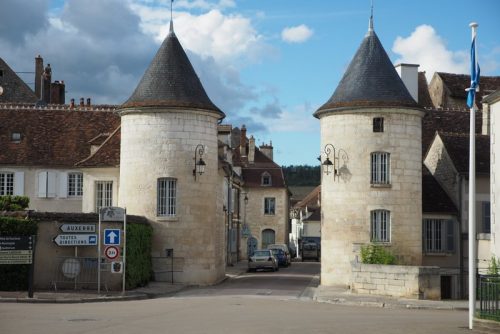
The most northerly region in Burgundy, Chablis is rare in the wine world in that it focuses solely on one grape variety: Chardonnay.

It’s a region that has gone through some tough times. Back in the mid-1950s there were just 544 hectares under vine. Now that figure has risen to 5641 hectares (productive in 2018). It’s still some way short of the vineyard area before phylloxera.
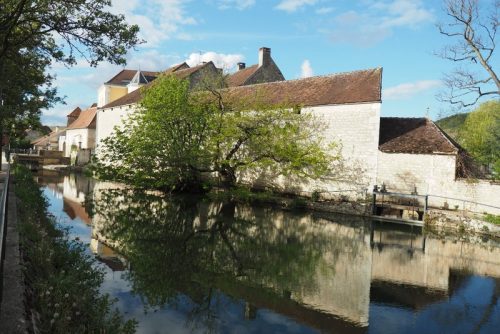
The region is located around the village of Chablis, with the Serein river running through it. So it’s common to hear people talk of the vineyards on the left and right bank of the Serein, as it flows northwards.
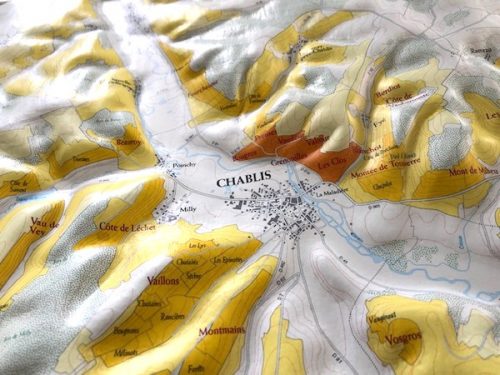
But this is actually a region of 20 villages, with Chablis at the centre. The Serein is a small river, and as it progresses there are a series of valleys heading out both left and right, each leading to a village. The hills in these valleys are the basis of the vineyards. Simply put, the slopes with the best sun exposure are where you find the premier cru vineyards, while those less well exposed are the Chablis vineyards. The very best exposure occurs opposite the Chablis village on the right bank, and this hillside is home to the seven Grand Crus. Then on the tops of the hills we find Petit Chablis vineyards.

These are the four appellations in Chablis. The lowest in the hierarchy is Petit Chablis. These vineyards, totalling 1108 hectares (all figures here are productive vineyards in 2018), are planted on plateaus on the tops of hills on both sides of the Serein, and are on slightly younger, hard Portlandian limestone-based soils; the rest of the vineyards are on Kimmeridgian limestone, which is marked by the oyster shell deposits it contains [more on this later]. The second is Chablis, the largest, with 3656 hectares of vines.
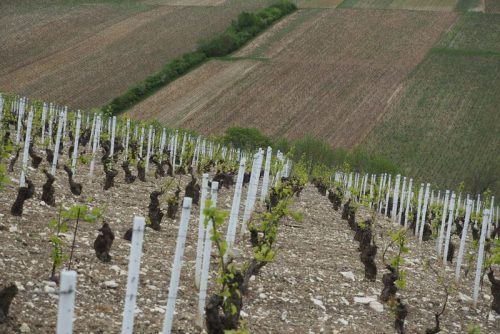
The villages of Chablis tend all to be within about 10 minutes drive from Chablis. They are:
Beines, Béru, Chablis, Fyé, Milly, Poinchy, La Chapelle-Vaupelteigne, Chemilly-sur-Serein, Chichée, Collan, Courgis, Fleys, Fontenay-Près-Chablis, Lignorelles, Ligny-le-Châtel, Maligny, Poilly-sur-Serein, Préhy, Villy and Viviers. That’s 20, including Chablis.

Then we have the premier cru vineyards. There were 40 of these. Now these 40 climats have been slimmed down to 17 premier crus, by allowing some to merge with their more famous neighbours. Thus on some labels you will see Vaillon, and on others (much more common) Vaillons. The former tends to be used by those who have the original Vaillon climat, while Vaillons refers to the blended premier cru with seven other climats. The same is true for eight of the other premier crus, which are an amalgamation of what was previously separate 1er Crus. If you want to use the original name of the climat as a premier cru, then that is OK too. There are 777 hectares of premier cru vineyards in the region.

Then we have the Grand Crus, which are located in a contiguous block on the right bank of the Serein, right next to the Chablis village. This hillside is spectacularly located, and there are seven vineyards that have been awarded Grand Cru status. But unlike in the rest of Burgundy, where each Grand Cru vineyard is its own appellation (there are 33 of them), here the Grand Crus are each part of just one appellation, Grand Cru Chablis. Cleverly, this allows the use of the name Chablis on the label, which would not be allowed if the Grand Cru was an appellation as in the rest of Burgundy. The seven are: Blanchot, Bougros, Les Clos, Grenouilles, Preuses, Valmur and Vaudésir, and together they total 101 hectares.
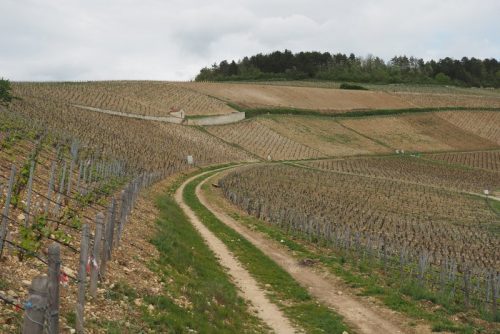
CHABLIS
- Chablis (1) an overview
- Chablis (2) the soils
- Chablis (3) fighting frost
- Chablis (4) the Balade Gourmande
- Chablis (5) Domaine Pattes Loup with Thomas Pico
- Chablis (6) Domaine Louis Michel
- Chablis (7) Domaine Louis Moreau
- Chablis (8) Alice & Olivier De Moor
- Chablis (9) Jean-Paul & Benoît Droin
